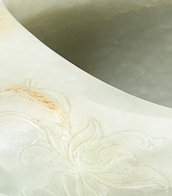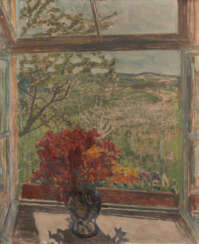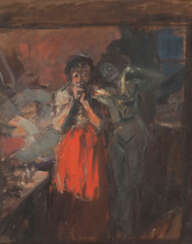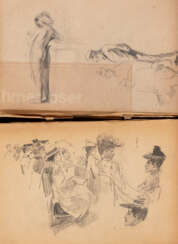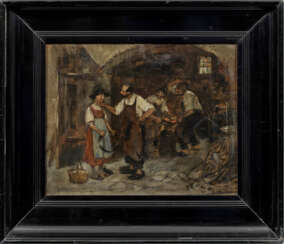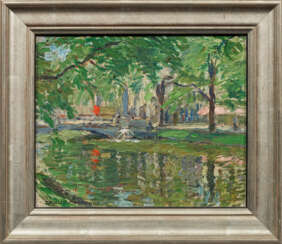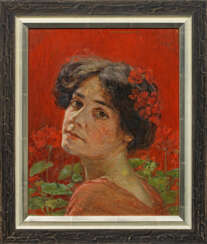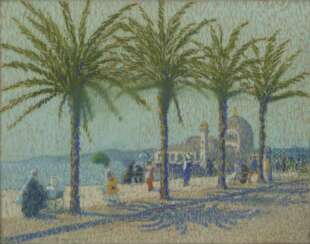julius müller-maßdorf (1863 - 1933)
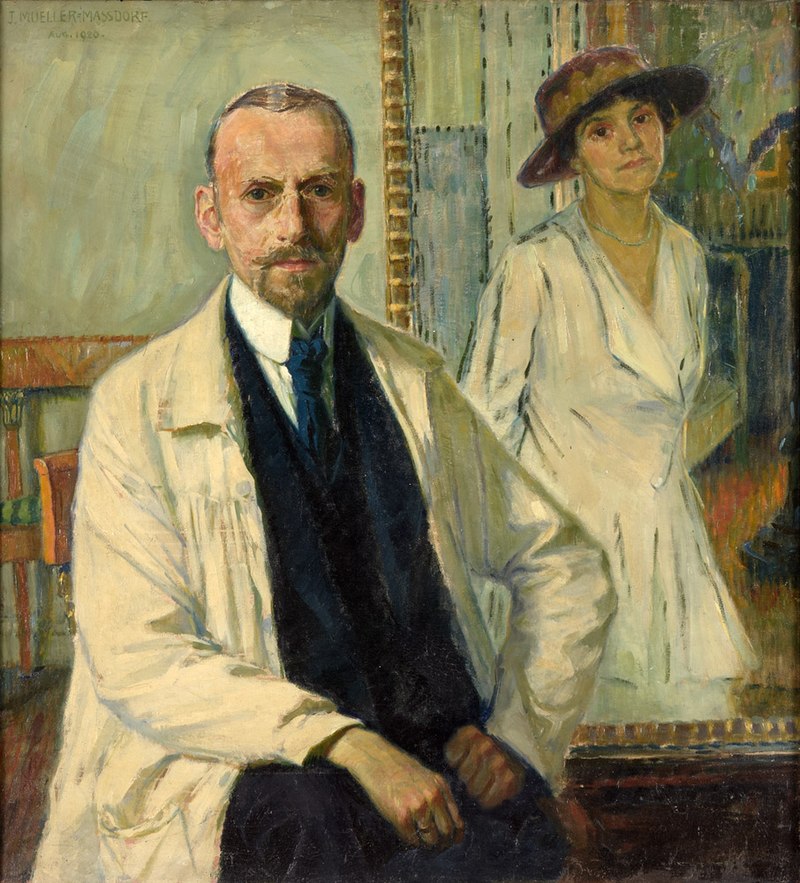
Julius Muller-Massdorf was a German portrait painter, genre painter, and illustrator.
He studied at the Düsseldorf Academy of Fine Arts and later became a professor. Muller-Massdorf painted interior, street, park, and beach scenes. He also worked as an illustrator for the press. In the later works of the artist there is a sense of the Impressionist trend.
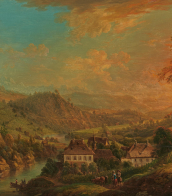

Julius Muller-Massdorf was a German portrait painter, genre painter, and illustrator.
He studied at the Düsseldorf Academy of Fine Arts and later became a professor. Muller-Massdorf painted interior, street, park, and beach scenes. He also worked as an illustrator for the press. In the later works of the artist there is a sense of the Impressionist trend.
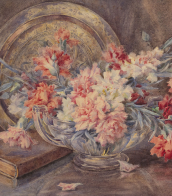

Julius Muller-Massdorf was a German portrait painter, genre painter, and illustrator.
He studied at the Düsseldorf Academy of Fine Arts and later became a professor. Muller-Massdorf painted interior, street, park, and beach scenes. He also worked as an illustrator for the press. In the later works of the artist there is a sense of the Impressionist trend.


Julius Muller-Massdorf was a German portrait painter, genre painter, and illustrator.
He studied at the Düsseldorf Academy of Fine Arts and later became a professor. Muller-Massdorf painted interior, street, park, and beach scenes. He also worked as an illustrator for the press. In the later works of the artist there is a sense of the Impressionist trend.


Julius Muller-Massdorf was a German portrait painter, genre painter, and illustrator.
He studied at the Düsseldorf Academy of Fine Arts and later became a professor. Muller-Massdorf painted interior, street, park, and beach scenes. He also worked as an illustrator for the press. In the later works of the artist there is a sense of the Impressionist trend.
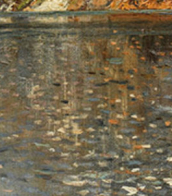

Julius Muller-Massdorf was a German portrait painter, genre painter, and illustrator.
He studied at the Düsseldorf Academy of Fine Arts and later became a professor. Muller-Massdorf painted interior, street, park, and beach scenes. He also worked as an illustrator for the press. In the later works of the artist there is a sense of the Impressionist trend.


Julius Muller-Massdorf was a German portrait painter, genre painter, and illustrator.
He studied at the Düsseldorf Academy of Fine Arts and later became a professor. Muller-Massdorf painted interior, street, park, and beach scenes. He also worked as an illustrator for the press. In the later works of the artist there is a sense of the Impressionist trend.


Julius Muller-Massdorf was a German portrait painter, genre painter, and illustrator.
He studied at the Düsseldorf Academy of Fine Arts and later became a professor. Muller-Massdorf painted interior, street, park, and beach scenes. He also worked as an illustrator for the press. In the later works of the artist there is a sense of the Impressionist trend.
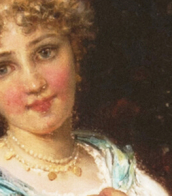

Julius Muller-Massdorf was a German portrait painter, genre painter, and illustrator.
He studied at the Düsseldorf Academy of Fine Arts and later became a professor. Muller-Massdorf painted interior, street, park, and beach scenes. He also worked as an illustrator for the press. In the later works of the artist there is a sense of the Impressionist trend.
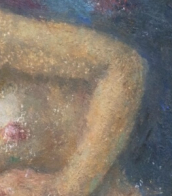

Julius Muller-Massdorf was a German portrait painter, genre painter, and illustrator.
He studied at the Düsseldorf Academy of Fine Arts and later became a professor. Muller-Massdorf painted interior, street, park, and beach scenes. He also worked as an illustrator for the press. In the later works of the artist there is a sense of the Impressionist trend.
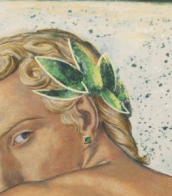
Adriaen Isenbrandt was a painter in Bruges, in the final years of Early Netherlandish painting, and the first of the Dutch and Flemish Renaissance painting of the Northern Renaissance. Documentary evidence suggests he was a significant and successful artist of his period, even though no specific works by his hand are clearly documented. Art historians have conjectured that he operated a large workshop specializing in religious subjects and devotional paintings, which were executed in a conservative style in the tradition of the Early Netherlandish painting of the previous century. By his time, the new booming economy of Antwerp had made this the centre of painting in the Low Countries, but the previous centre of Bruges retained considerable prestige.
